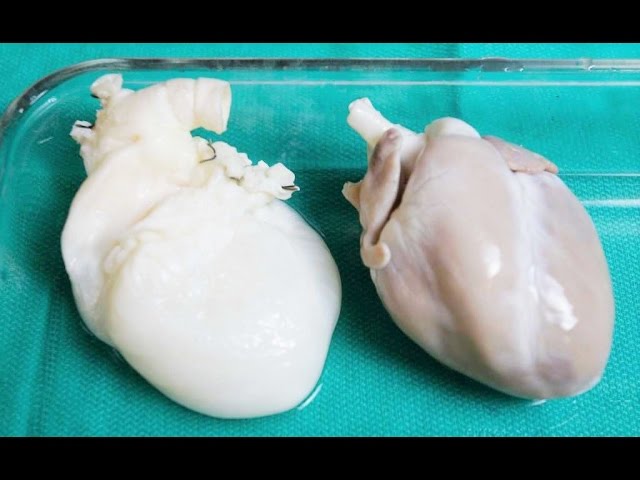ALWAYS check the labels!
Check out more awesome videos at BuzzFeedVideo!
http://bit.ly/YTbuzzfeedvideo
MUSIC
Rhythm Rider
Licensed via Warner Chappell Production Music Inc.
SFX provided by Audioblocks.
(https://www.Audioblocks.com)
Made by BFMP www.buzzfeed.com/videoteam
VIDEO
Grocery Food Shopping Time Lapse Shop Cart through Supermarket 4K
Jorge Viamonte / Getty Images
CU Rear view of woman's feet on bathroom scale, Scarborough, New York, USA
Helicopter Pictures / Getty Images
Oats cooking in a pot of boiling water.
Demand Media / Getty Images
CU Potato chips falling off conveyor belt
Beyond Vision / Getty Images
Fresh fruit and champagne flies out of blender (slow motion)
Blend Motion / Getty Images
Baby girl eating her porridge
Georgia Court / Getty Images
Food service employee pours granola into cups
MacNeil/Lehrer Prd – Footage / Getty Images
Eating junk food
toomasili / Getty Images
Preparing instant oatmeal, pouring water and stirring by spoon
Freer Law / Getty Images
SOURCES
http://www.forbes.com/sites/jennifercohen/2012/07/25/14-healthy-foods-that-are-actually-bad-for-you/2/#3e82615c7bbe
http://www.prevention.com/food/healthy-foods-are-bad-you
http://www.clifbar.com/products/clif-bar/clifbar
http://www.odwalla.com/products/smoothies/original-superfood
http://www.shape.com/healthy-eating/diet-tips/50-seemingly-healthy-foods-are-bad-you
http://www.who.int/mediacentre/news/releases/2015/sugar-guideline/en/
http://www.cookinglight.com/eating-smart/smart-choices/top-10-unhealthy-foods/instant-oatmeal
http://healthyeating.sfgate.com/instant-oatmeal-good-traditional-oatmeal-1491.html
http://www.cnn.com/2009/HEALTH/expert.q.a/06/26/oatmeal.benefits.reheating.jampolis/index.html?iref=24hours
http://www.quakeroats.com/products/hot-cereals/instant-oatmeal/apples-and-cranberries.aspx
http://wiat.com/2016/03/09/differentiating-between-healthy-non-healthy-foods/
http://blog.foodnetwork.com/healthyeats/2011/10/10/veggie-chips-are-they-healthy/
http://www.sensibleportions.com/en/products/garden-veggie-chips-sea-salt/
http://www.fritolay.com/snacks/product-page/lays/lays-classic-potato-chips
http://abcnews.go.com/GMA/story?id=125108
http://www.huffingtonpost.com/2013/08/29/fast-food-salads-not-healthier_n_3831064.html
http://www.mcdonalds.com/us/en/food/product_nutrition.burgerssandwiches.7.quarter-pounder-with-cheese.html
http://www.mcdonalds.com/us/en/food/product_nutrition.salads.4344.premium-southwest-salad-with-buttermilk-crispy-chicken.html
http://www.webmd.com/food-recipes/not-so-healthy-health-foods
http://blog.foodnetwork.com/healthyeats/2013/08/27/granola-good-or-bad/
http://www.generalmills.com/~/media/Images/Brands/Nutritional_Images/Nature_Valley/High_Protein_Granola/NV_High_Protein_Granola_Oats_n_Honey.ashx
GET MORE BUZZFEED:
www.buzzfeed.com/videoteam
www.facebook.com/buzzfeedvideo
www.instagram.com/buzzfeedvideo
www.buzzfeed.com/video
www.youtube.com/buzzfeedvideo
www.youtube.com/buzzfeedyellow
www.youtube.com/buzzfeedblue
www.youtube.com/buzzfeedviolet
BUZZFEED VIDEO
BuzzFeed Motion Picture’s flagship channel. Sometimes funny, sometimes serious, always shareable. New videos posted daily! Subscribe to BuzzFeedVideo today! http://bit.ly/YTbuzzfeedvideo

